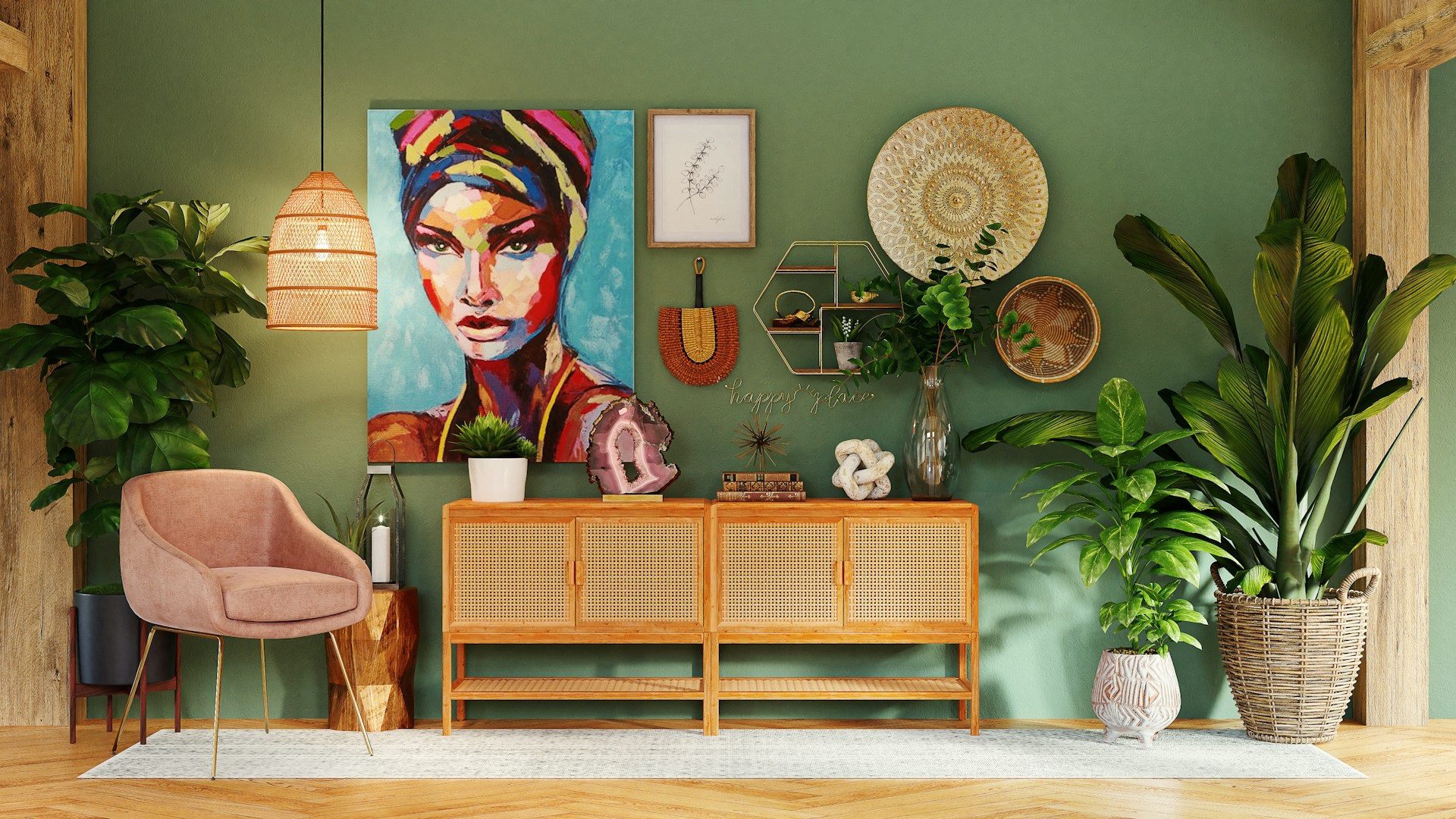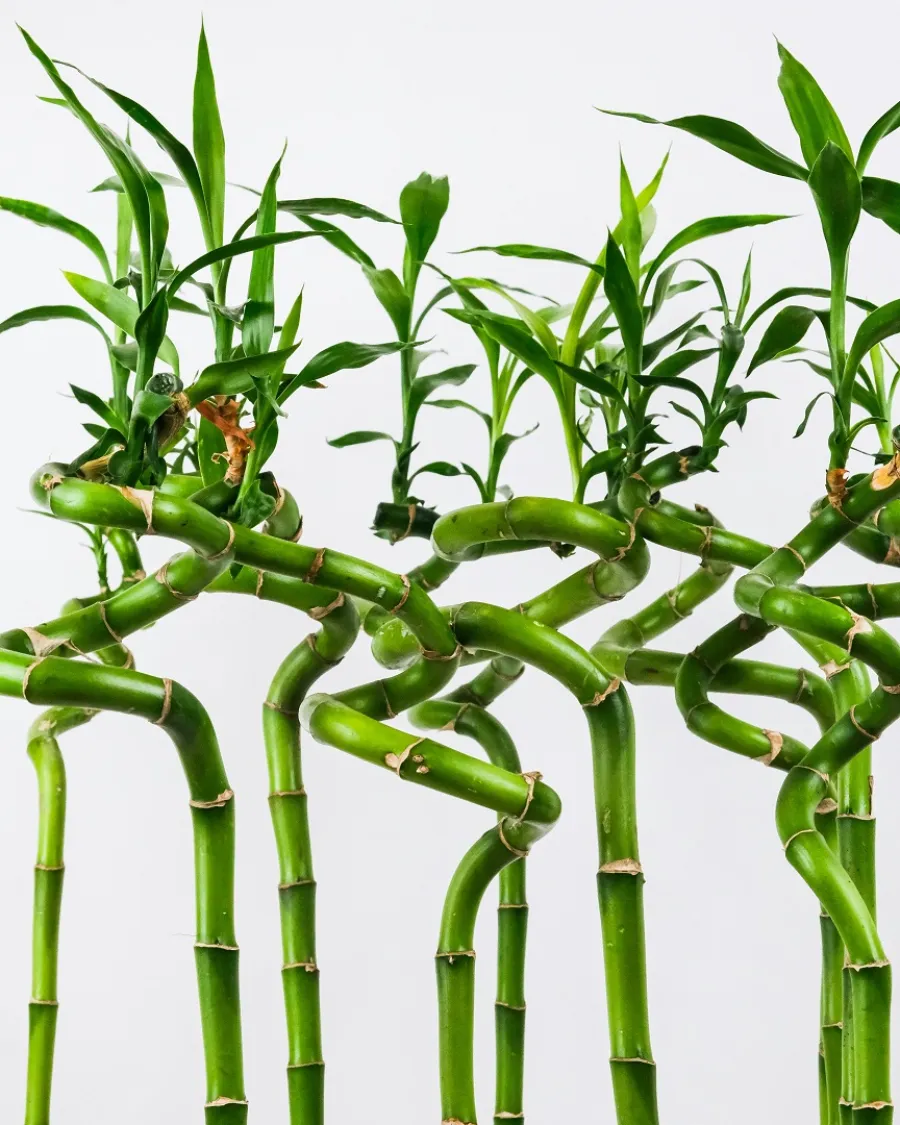
Blog
Bamboo adds a touch of green to your home and decorates its rooms

The bamboo plant, green in color, is vibrant and easy to grow; it belongs to the lily family and can grow to more than 3 feet in height. It can be found in homes around the world, as well as offices and buildings. The bamboo plant is native to Central Africa, although it has been used in China as a good luck plant, as part of the feng shui philosophy, for more than 5,000 years.
جدول المحتويات
General information about the bamboo plant

Bamboo stems
In ancient Chinese culture, people, especially friends, exchange bamboo plants as a good luck gift, as bamboo or bamboo symbolizes happiness, wealth, and longevity. In addition, each arrangement of bamboo has a specific number of stems. In Chinese culture, each number seems to have a meaning; three stems represent luck, wealth, and longevity, six is synonymous with prosperity, favorable conditions, ten is for completeness, and ten is for perfection…
In traditional use, this plant embodies the five elements of feng shui (the ancient Chinese art of arranging buildings, objects, and space in the environment in order to achieve harmony and balance): water, earth, wood, fire (usually a red ribbon is traditionally attached to the plant), and metal (a coin often attached to the ribbon): Water, earth, wood, fire (usually a red ribbon is traditionally attached to the plant), and metal (a coin is often attached to the ribbon).
With some people believing this, the bamboo plant is in high demand for home decoration, even though the plant can be used for no other reason than to beautify the home.
Home zones that are candidates for bamboo

Home zones that are candidates for bamboo
In the following lines, ideas about the bamboo plant, and where it can be used at home.
- Living room: Right next to the door, a potted bamboo spiral plant with multiple stems, on the coffee table, by the window, or even in the corner of the room for a touch of purity.
- The kitchen: Kitchen shelves are prime candidates for a bamboo plant. Adding bamboo to the kitchen is a great idea, especially since indoor plants are generally air purifiers.
- Bathroom: The most sophisticated areas for bamboo include the sink, and adding a beautiful green indoor plant creates a sense of tranquility while purifying the air.
- Bedroom: On the bedside table, a vase filled with bamboo stems, with one of the vases inspected, can act as a statement accessory. On the wall, the plant adds green color and appeal. Near the window, the plant takes center stage. There, the rays of light refract to create a beautiful print of sunlight on the walls of your room. On the other hand, you can find a place for the bamboo next to the wardrobe.
Bamboo plant care methods

Bamboo plant care methods
Caring for a bamboo plant is very simple and can be done by anyone, even those with no prior knowledge of plants. The following points can be followed:
- Bamboo planted in soil needs to be watered daily.
- A bamboo plant placed in a vase with water requires the latter to be no more than an inch high at all times.
- Distilled water is preferred for watering, but tap water works as well.
- Beware of overwatering the plant and chemicals in the water, as this can cause the green bamboo leaves (or stems) to turn yellow. It can also be caused by too much direct light, temperature changes, or over-fertilization. In addition, wilted leaves can be a sign of faulty watering, temperature, or lighting.
- Bamboo doesn’t need direct sunlight, it prefers bright, indirect sunlight. This means that bamboo will thrive even in a bathroom that doesn’t have a window. Bamboo should be kept between 60 and 80 degrees Fahrenheit.
